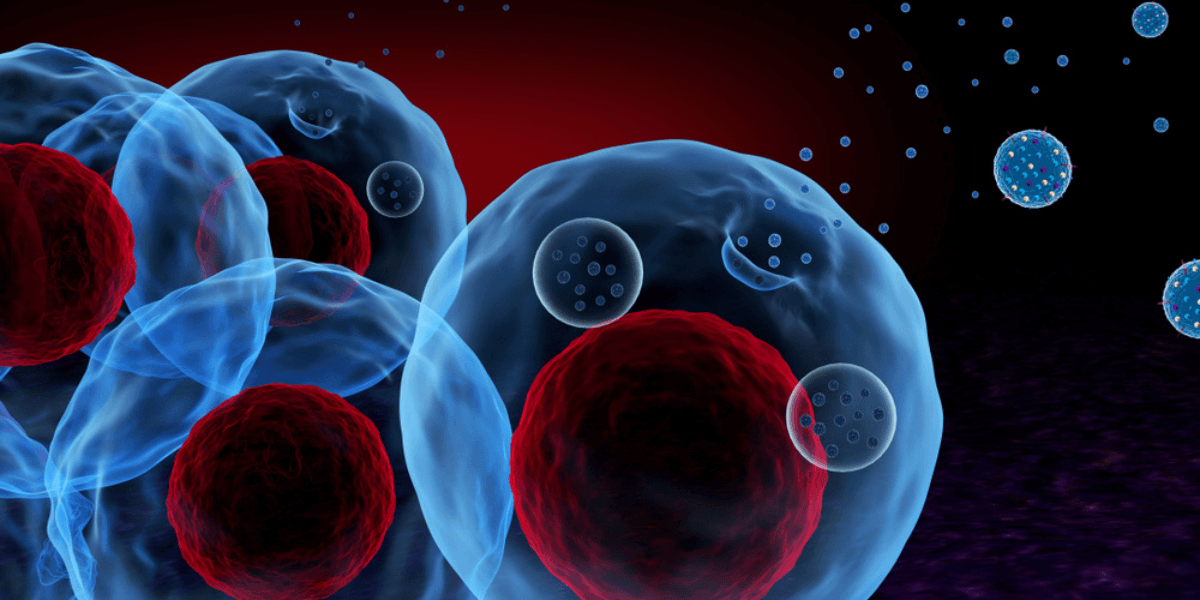In recent times, IV therapy or Intravenous therapy has become more popular due to its potential to improve health and athletic performance, prevent disease, and reduce the signs of aging. Let’s explore what IV therapy is, its surprising benefits, what to expect during an IV therapy session, potential side effects, how often to receive IV therapy, and who should not receive IV therapy.
What Is IV Therapy and How Does It Work?
IV Therapy is a treatment option in which fluids, nutrients, medicines, and hydration are delivered directly into the bloodstream through veins for immediate absorption. It is the fastest way of providing nutrients to the body as it bypasses the digestive system and goes directly into the organs.
In this procedure, a healthcare professional inserts a cannula (a thin tube) into the patient’s vein and then attaches a tube with an IV bag containing fluids. The fluids drip down the tube directly into the vein due to gravity. The absorption rate of IV therapy is 90-100% whereas orally, it is only 20-50%.
There are two types of IV therapy:
- Injection In this method, an injection delivers fluids directly into the veins.
- Infusion- A drip provides fluids into the veins in this method. It is the most common type of IV therapy.
What Is the Process of IV Therapy?
The process of IV therapy involves placing a plastic needle in the veins. Before treatment, the medical history of every patient is evaluated. A blood test is also taken to determine the nutrients required. The rate and quantity of fluids or nutrients given to the patient depend on the patient’s medical condition, weight, and age. After the evaluation, the patient is brought to a bright IV therapy room where he can sit comfortably on the chair to start the treatment.
A professional will then disinfect the skin over the injection area, locate the veins, and insert an IV catheter. After placing the catheter, the treatment will take 15-45 minutes, depending on the method used. There are two significant methods of IV therapy:
IV Push: It is the fastest insertion method of fluids as it takes 15-20 minutes to deliver 30-60ml of fluids into a vein. It is supervised by a specialist at all times.
IV Drip: It is instead a slow process as it takes 45-60 minutes to deliver 250-1000 ml of fluids into the vein. Patients can relax, read, or work during a drip.
See Also: Exosome Iv Infusion: A Promising Approach to Wellness and Recovery
What Are the Common Nutrients and Substances Used in IV Therapy?
Commonly seen ingredients in IV Therapy may include:
- Vitamin C
- B-Complex vitamins
- Vitamin B12
- Calcium
- Magnesium
- Zinc
- Glutathione
- Saline Solution
What Are the Uses and Benefits of IV Therapy?
The main benefit of IV Therapy is fast, more effective treatment without any gastrointestinal side effects, absorption concerns, or loss of potency. Several other benefits differ based on the treatment condition, the protocol used, the medical history and overall health of the person, and how many treatments are done earlier. The benefits include:
- Relief from hangover, stress, anxiety, and depression
- Athletic performance recovery
- Stronger immunity
- Cold and flu relief
- Inflammation reduction
- Better digestion
- Exhaustion
- Increases energy level and reduces fatigue
- Detoxification
- Healthier skins
- Improved blood health and circulation
- Better sleep quality
- Improved concentration and mental focus
- Reduced signs of aging
Who Can Benefit from IV Therapy?
Originally, IV Therapy was used mainly in hospitals for patients who were nutrient-deficient, dehydrated, or unable to take medications orally. Healthy people can also take IV therapy to boost their wellness and energy levels.
The stress of modern living can lower the immune system and general well-being. IV Therapy can provide that boost to maintain a healthy lifestyle. While stress alone does not cause a cold or flu virus, it weakens the immune system, making people more vulnerable to infections and illness.
So, to boost immunity, replace lost fluids and electrolytes, or recover rapidly from intense physical activity, IV therapy can help restore the body’s nutrient levels to optimal. People with a weakened immune system or those who want a boost in wellness and athletic performance may find IV therapy beneficial.
What Are the Risks and Side-Effects of IV Therapy?
IV therapy is generally safe and effective, but it is possible to get a negative effect from consuming too much of a good thing. Regardless of why a person receives IV therapy, knowing the possible side effects is crucial. The side effects of IV therapy are rare, and life-threatening side effects are infrequent, but it is vital to know the risks. The side effects of IV therapy may include:
- Damage to blood vessels
- Bleeding from the site of insertion
- Blood clots and swelling in the area
- Inflammation of the veins if the IV is present for a long time
- Infection at the injection site
- Rashes
- Vein inflammation and bruising
- Blood clots
- Air embolism
- Stroke
- Heart attack
- Headaches
- Anxiety
- Allergic reaction
Get IV Therapy Risk-Free at The Youth Fountain
Selecting a reputed clinic and qualified physician for IV therapy is vital for ensuring safe and effective treatment. In Freehold, New Jersey, and surrounding areas, The Youth Fountain offers this treatment for individuals seeking this therapy.
IV therapy has gained attention for its potential benefits in boosting health, wellness, athletic performance, and alleviating fatigue. Anecdotal evidence and some studies suggest that the treatment may benefit individuals seeking custom solutions for their health needs. It is crucial to consult with a qualified healthcare professional before considering IV therapy to ensure safe and effective treatment. Contact us today for safe and sound IV Therapy.



